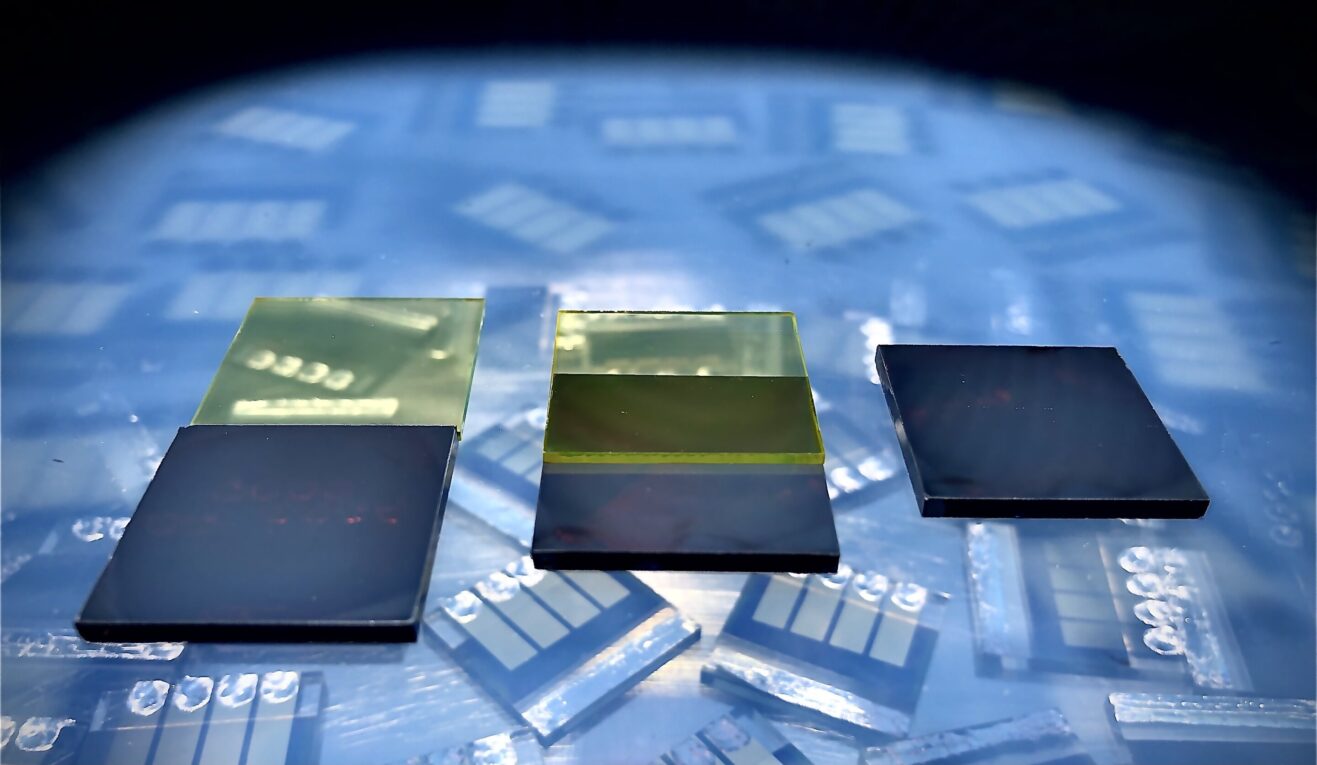Researchers from various international institutions have developed a new technique for creating durable perovskite solar cells with high conversion efficiency. Perovskite solar cells, named after their unique crystalline structure, hold promise in the next generation of solar technology due to their affordability and sustainability. However, the organic components in the leading candidates for perovskite materials make them vulnerable to environmental factors such as moisture, oxygen, and heat, leading to performance degradation. To overcome this, the scientists turned to all-inorganic perovskite materials like cesium lead iodide, which are more tolerant to such factors. However, cesium lead iodide is polymorphic, meaning it can transform to an undesirable non-photoactive phase at room temperature, degrading the efficiency of the solar cell.
To address this challenge, the researchers combined the two photoactive phases of cesium lead iodide to form a phase-heterojunction, which suppresses the transformation to the undesirable phase. Heterojunctions are created by stacking different semiconductor materials, optimizing the absorption of energy from the sun and the conversion into electricity. The phase heterojunction solar cells demonstrated excellent stability and achieved a power conversion efficiency of 21.59%, one of the highest reported for this approach. The devices also maintained over 90% of their initial efficiency after 200 hours of storage under ambient conditions.
The atomic-scale modeling conducted by the researchers showed that bringing the two photoactive phases together created a stable and coherent interface structure, facilitating efficient charge separation and transfer. The scientists used a unique dual deposition method to fabricate the device, depositing one phase with a hot-air technique and the other with triple-source thermal evaporation. The addition of small amounts of molecular and organic additives during the deposition process further improved the electrical properties, efficiency, and stability of the solar cells.
This breakthrough could pave the way for the development of more solar cells based on all-inorganic perovskites or other halide perovskite compositions. The researchers believe that by further optimizing the technique and scaling it to the size of traditional solar panels, it could be possible to achieve even higher efficiency levels. The ultimate goal is to commercialize this technology once efficiency is pushed beyond 25%. Overall, this new method provides a simpler and more effective way to create stable and efficient next-generation solar cells.
*Note:
- Source: Coherent Market Insights, Public sources, Desk research
- We have leveraged AI tools to mine information and compile it

